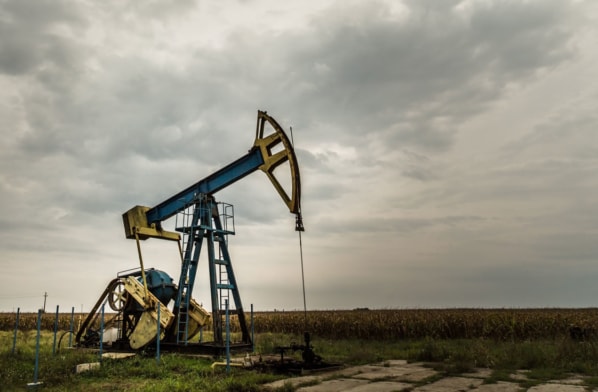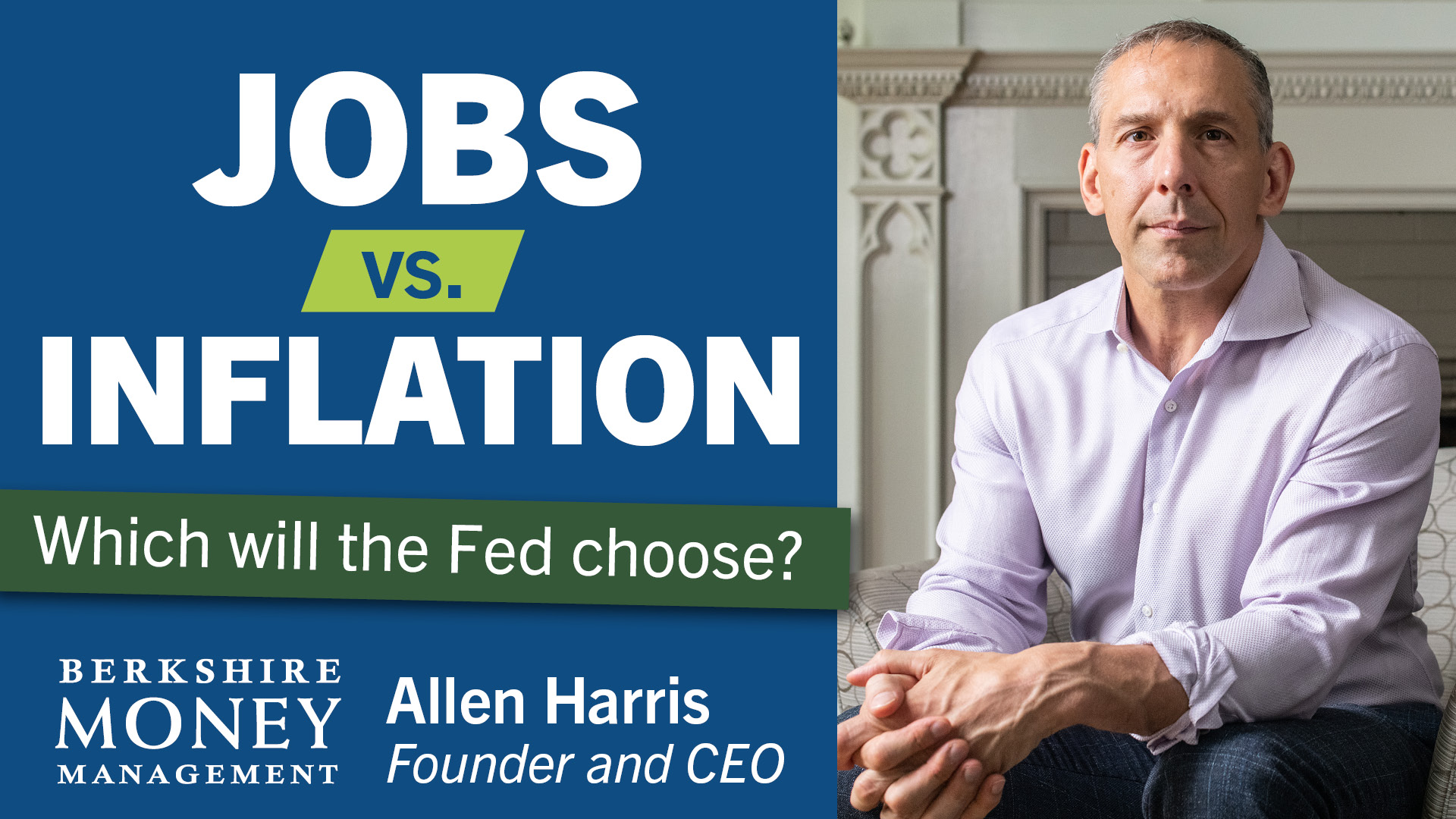U.S. shale producers can’t rescue us


Oil prices are up 70% since last year. Prices at the pump are well over $4.25/gallon. Everyone from President Biden on down is scrambling to find a way to reduce energy prices. Why, therefore, aren’t we looking at our own domestic oil producers?
Unlike Saudi Arabia or the United Arab Emirates, which can increase the global oil supply with a flick of a switch, the shale energy community would need to increase spending in areas such as exploration, drilling and production. That is something they are not willing to do for a variety of reasons.
For years, shale drillers have been plagued by regulatory and environmental obstacles. Despite the court cases and lawsuits, shale companies forged ahead. Their stock prices soared as they spent more and more on speculative drilling and expansion. That era ended badly when oil prices collapsed in the early days of the coronavirus pandemic. A wave of bankruptcies swept through the shale industry and left the survivors chastened and extremely cautious.
The cowboy of yesterday has become the pinstriped borrower that Wall Street prefers. Rather than wild-catting, company managements are buying back stock and instituting dividends.
That is not to say that oil production is at a standstill. The U.S. Energy Information Administration expects 2022 production will average 12 million barrels per day and 13 million barrels per day by 2023, which would be a record production year for U.S. producers.
The problem is that the same problems that are besetting the rest of the economy are plaguing energy producers as well. Supply chain constraints as well as the scarcity of labor are slowing even those companies willing to produce more. One simple example is the cost and scarcity of sand.
A cocktail of chemicals, water and sand are used in the fracturing of shale formations. The price of fracking sand has risen 185% during 2021 and now costs $45 per ton—if you can find it. If you throw in other key inputs like diesel fuel and steel, which are also rising in price, the costs of drilling have exploded higher. At the same time, labor shortages not only at the well head but also in every link in the labor chain, from truck drivers to drillers, slow down production immensely.
Even if there was some policy change or other event that could galvanize another shale oil drilling boom, it would require six to nine months before that oil could reach the market. As such, the U.S. is joining the mad scramble for additional oil supplies. The U.S. is at a disadvantage thanks to President Biden’s cool relationship with the heir-apparent to the Saudi Kingdom, Prince Mohammed bin Salman. Biden pledged to make Saudi Arabia a “pariah” due to the killing of Washington Post journalist, Jamal Khashoggi, in 2018.
At the same time, Saudi Arabia has changed their approach towards the U.S., especially under Biden. Russia’s membership and importance in the OPEC + cartel has resulted in a neutral Saudi stance toward Russia’s aggression in Ukraine. Qatar has agreed to work with Germany in increasing their supplies of liquefied natural gas. Japan is also negotiating with the UAE to increase oil supplies as has the U.K., but so far, they have received little satisfaction.
About the best the world can hope for is a cease-fire and a reduction in hostilities between Russia and Ukraine to at least dampen the rise in oil prices. I will stick my neck out and predict that we should see such an agreement by the end of the month.
Bill Schmick is registered as an investment advisor representative of Onota Partners, Inc., in the Berkshires. Bill’s forecasts and opinions are purely his own and do not necessarily represent the views of Onota Partners, Inc. (OPI). None of his commentary is or should be considered investment advice. Anyone seeking individualized investment advice should contact a qualified investment adviser. None of the information presented in this article is intended to be and should not be construed as an endorsement of OPI, Inc. or a solicitation to become a client of OPI.
Any mention of specific securities or investments is for illustrative purposes only. Adviser’s clients may or may not hold the securities discussed in their portfolios. Adviser makes no representations that any of the securities discussed have been or will be profitable.
The reader should not assume that any strategies, or specific investments discussed are employed, bought, sold or held by OPI.
Direct your inquiries to Bill at 1-413-347-2401 or e-mail him at [email protected].





